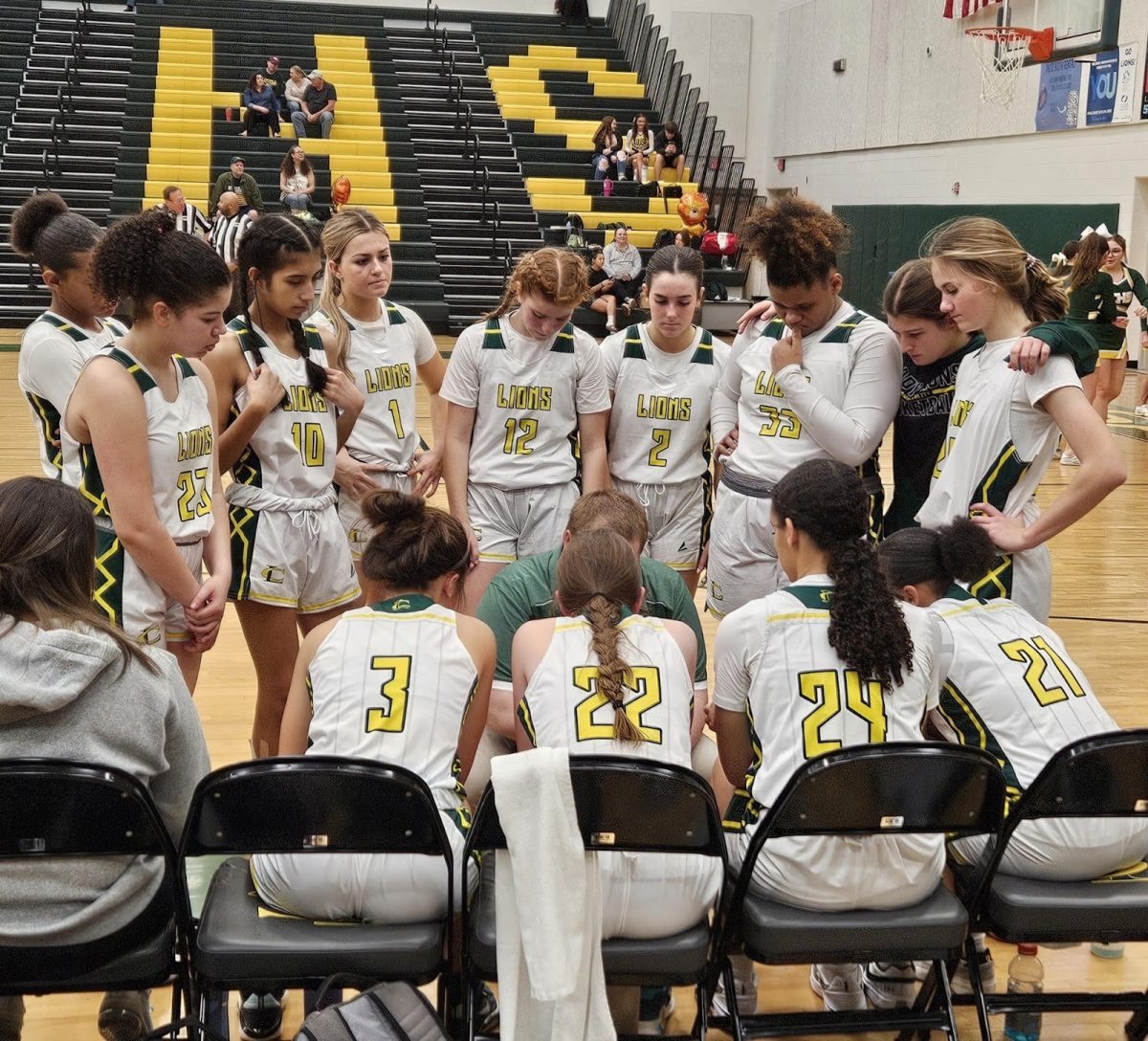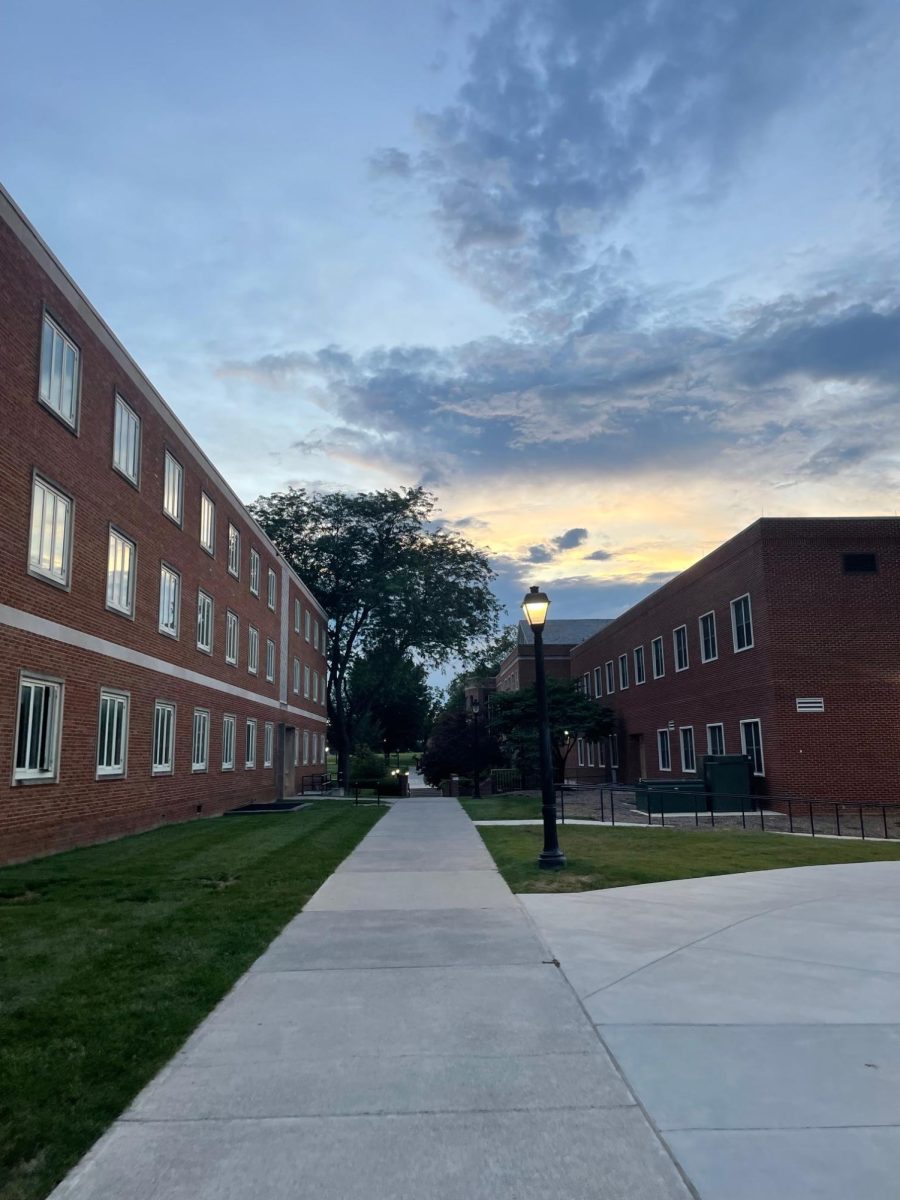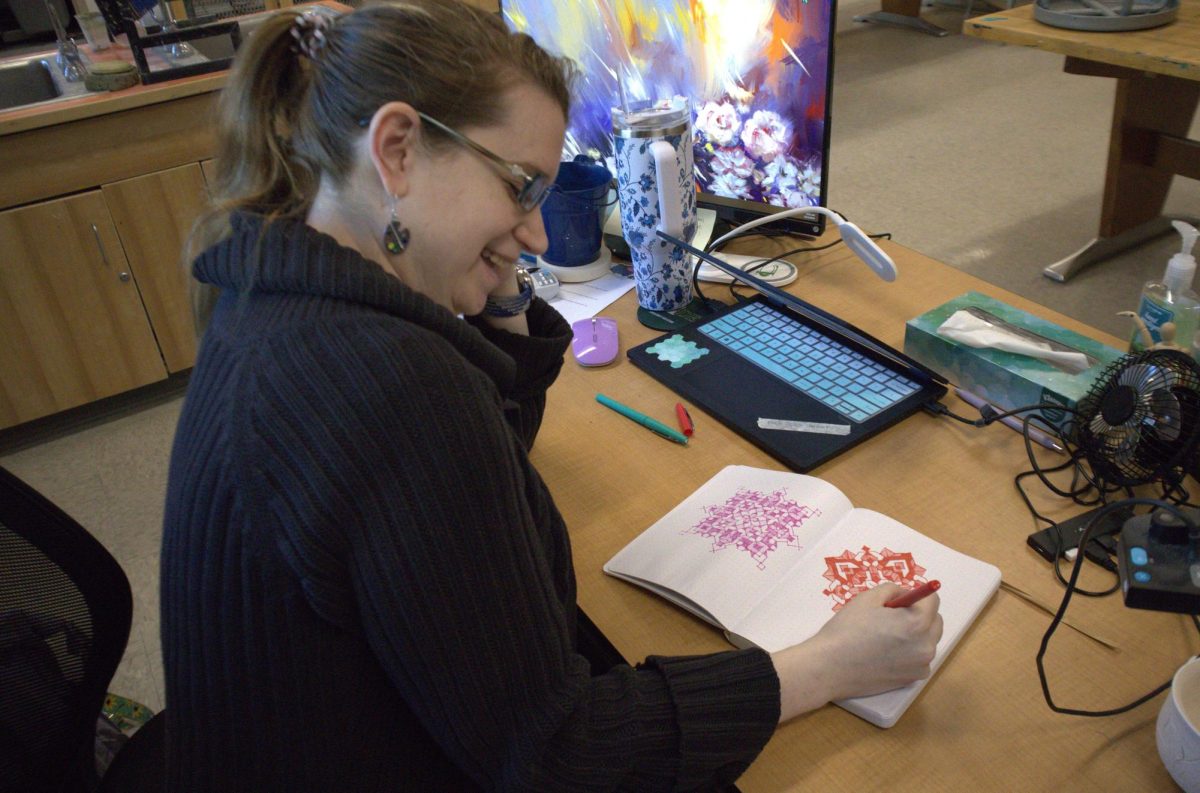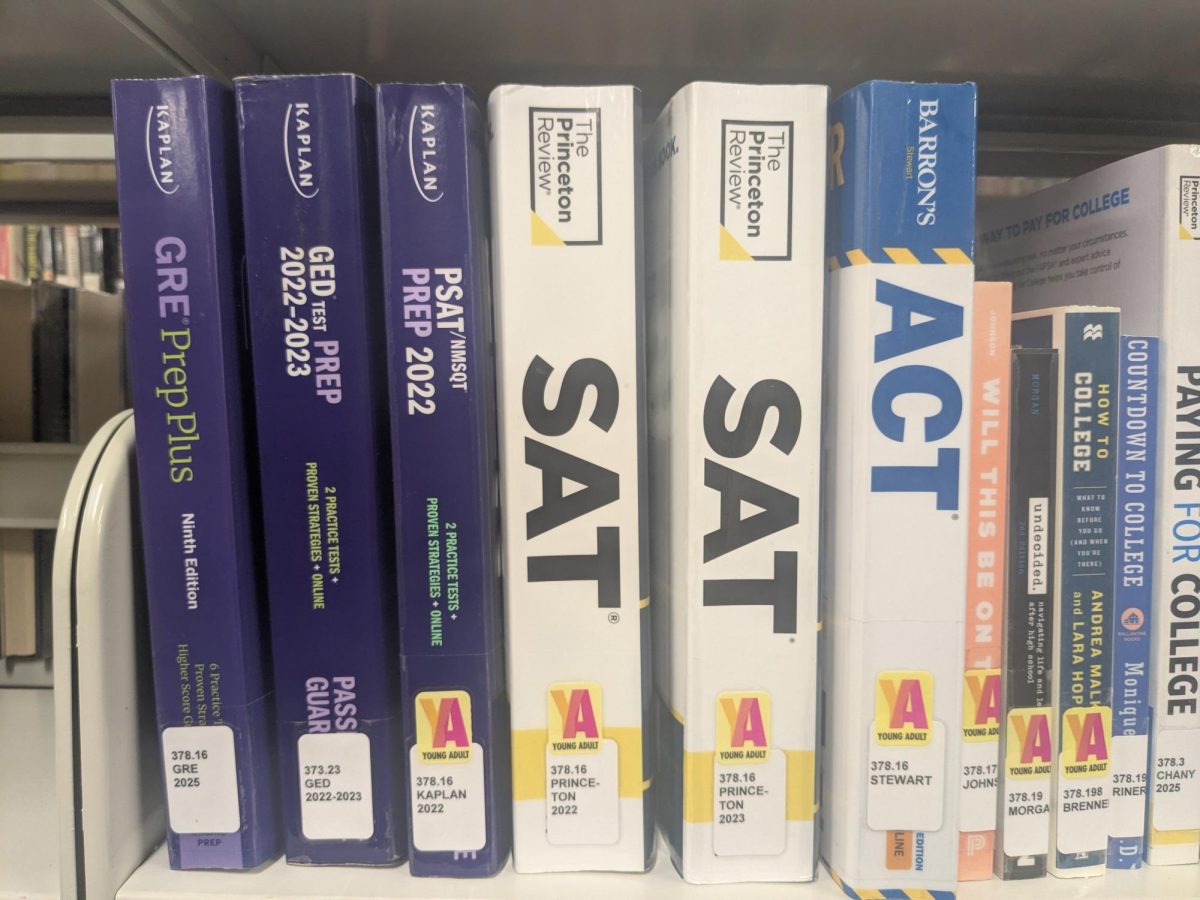What would you choose if you were given the option to keep the same two-semester schedule or change it to a year-round schedule? Based on a given survey, 77% of students answered that they would rather keep the same schedule, with the remaining 23% wanting to change to a year-round schedule.

According to Education Week, a usual year-long schedule can be:
- three sessions of 60 days of school and then a 20-day break schedule
- four sessions of 45 days of school and then a 15-day break schedule
- or two sessions of 90 days of school and then a 30-day break schedule
A common misconception is that students would have to go to school longer than the regular two-semester consisting of 180 days. The number of days is the same for year-long schooling, the days are just broken up differently.
On the one side of the question, 23% of the surveyed students would change the schedule to year-long, with more breaks spread out. With year-long schooling, students can have the same schedule all year, which allows them to take time to be thorough and learn the material for a longer period of time.
For some students, the year-long schedule helps prevent them from having to introduce themselves in front of a class for a second time, as some students worry about that. School can be draining and with the breaks spread out, students can readjust themselves for the next length of school sessions.
“It’s difficult for some kids to adjust to new classes for the second semester,” junior Catherine Meyers said. “Some students may need more breaks than others, especially a mental break to be ready for school again.”
With the extra time in the classes, students have more assignments and work to complete, giving them time to keep grades up or fix bad grades later in the year. With the shorter classes in a day and breaks spread out, students can keep a “fresher” mind in that class. According to Center for Communication, when a student earns a bad grade, they can become dejected and unmotivated. When the student earns a good grade, their mood improves, all because many students find their self-worth from their grades.

“(With having a year-long schedule) students’ attitudes would be more positive because their grades would be higher,” sophomore Kristian Diest said.
Considering a (two semester) school day would total seven to eight hours, having 90 minutes per class with only four classes a day gives enough time to learn lessons. This is opposed to having 45 minutes per class with eight classes a day and not having enough time to get through the material, which according to Math and Movement, is not productive for students. For some, having a two-semester schedule is important because of the choice to take up to eight classes for the credentials.
Based on Spark Generation, students can benefit from longer classes because the students’ time can be adjusted based on the lesson, giving them plenty of time for a lesson and activity. This is because shorter classes have less flexibility.
“It (two-semester schedule) works really well here at Louisa, [giving] more time for learning each block and the information doesn’t need to be stretched for super long,” senior Stephen Rowan said. “We value our summer way too much and our school is very academically successful. I also like that we can reach the prerequisites for a class in the semester before instead of having to wait another year.”

With four classes per semester, students have enough time to learn the material but also have the opportunity to change classes to expand their preferred educational path. Instead of taking up too much time for classes that can be taken in a shorter time, the two-semester schedule allows adequate time for classes to be completed with enough time in one day to complete work.
“Having classes that are year-round will affect the high school credits that are required for graduation because the high school requires credits like fine arts, economics and personal finance, PE/health/driver education, and languages, which will take up core classes,” sophomore Warren Coles said. “So, two-semester schedules will help flex students’ time in classes and give them the space for credits to be met in order to graduate.”
























































